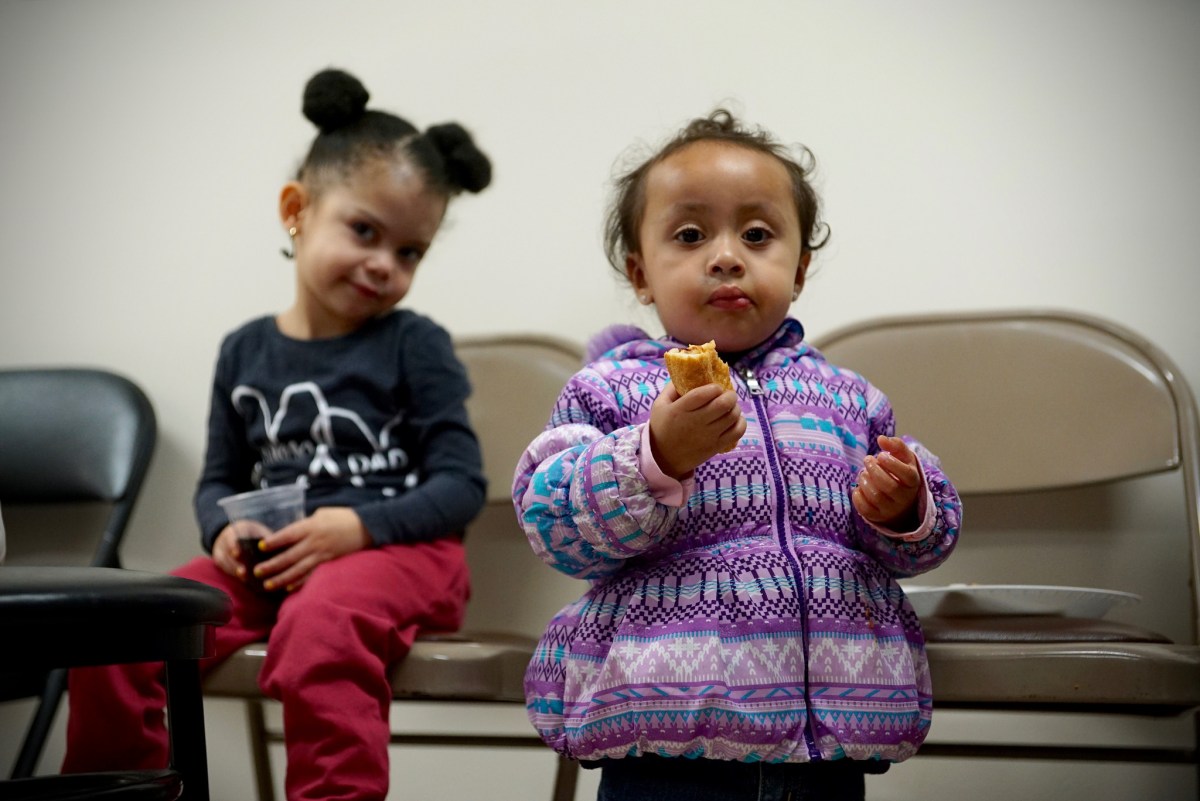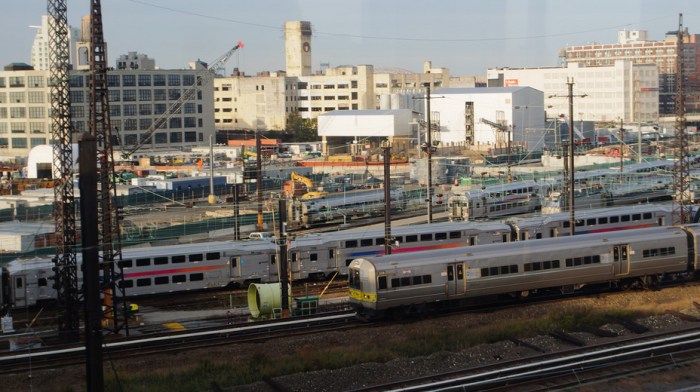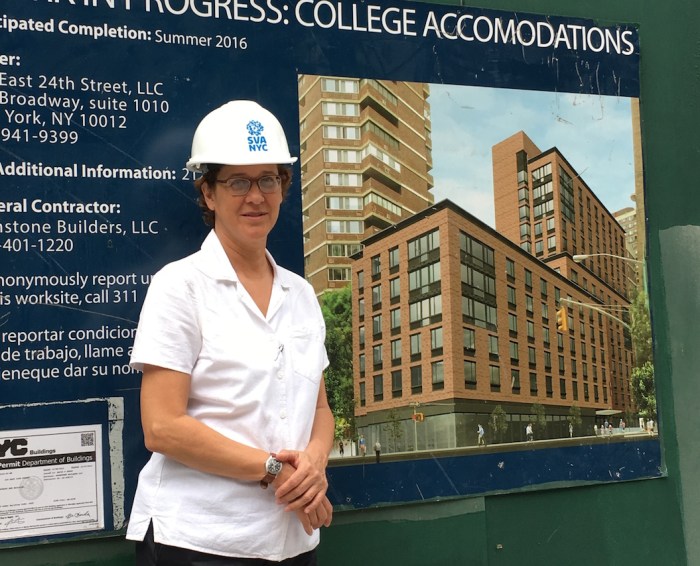Most of the homelessness in New York is hidden. It’s not begging on the subway. It’s not pushing a cart loaded with garbage-bags of possessions.
“You see the faces on the train but you may not even know that they are homeless, it’s not always a problem we can see,” Giselle Routhier, policy director for the Coalition for the Homeless, told Metroon the release of her new report,“Family Homelessness in NYC: City and State Must Meet Unprecedented Scale of Crisis with Proven Solutions.” The crisis at the focus of the report can be traced to the administration of former mayor Michael Bloomberg, Routhier asserts.
“The root cause of family homelessness continues to be the ongoing and severe housing affordability crisis in New York City, which is exacerbated by the lingering consequences of failed policies that eliminated or underutilized stable housing resources for homeless families over the past 20 years,” she wrote. The “failed policies” she refers to belong to what she’s named the “Lost Decade.” During those years, 2005 to 2014, the Bloomberg administration cut off access to NYCHA public housing and Section 8 for homeless families — denying access to safe, permanent housing to 32,000 families. “It was ideological,” Routhier explained. Struggling families were moved to the Advantage program, which provided short-term housing solutions meant to keep them out of the shelters, because it was believed shelters were being abused as a pathway to get permanent affordable housing. But, “half of those families came back into the shelter system, and kept coming back, because they had no other help.” In 2013, only 170 families were placed in permanent housing through NYCHA and the Section 8 program. In 2014, under Mayor Bill de Blasio, 1,500 permanent housingplacements were made, then another 1,500 last year. The coalition recommends that in 2017 and the years to come the mayor must double placements to even catch up with the homeless population growth. Statistically, the majority of the city’s homeless are families in crisis — women and their children fleeing domestic violence (30 percent), chased from safety by evictions (25 percent), and overcrowded from group housing (17 percent) — figures released Thursday show. The biggest issue is the spike in new homelessness: since 2013, the number of newly homeless families has increased by 42 percent. About 63,000 people will sleep in NYC shelters tonight — 48,000 of whom are children and adults in families. Of all homeless people, 40 percent are 18 years old or younger.
RELATED: Five big-league landlords slapped with discrimination charges The report shows that in the 2015-2016 fiscal year there were 105,445 homeless students in New York City. In large portions of the Bronx, 13 to 18 percent children enrolled in schools, were homeless, according to figures from the Institute for Children, Poverty, and Homelessness. “[The] new programs initiated by the de Blasio administration to increase eviction prevention (reduce inflow) and to move sheltered families into permanent housing (increasing the exits) have mitigated the growth in the shelter census,” the coalition’s report says, and yet, 950 more families came into shelters than moved out in 2016. RELATED: New York City will foot your rent if you take in a homeless friend or family member The coalition urges for state action: Routhier points out that the state has $2 billion dollars earmarked for affordable and disabled housing but that has been stalled from disbursement by inaction from the governor and state legislature. She encourages immediate approval of a new proposal by state Assembly Member Andrew Hevesi, supported by de Blasio,for a long-term state and federally funded subsidy program called Home Stability Support, which would reimburse fair-market rents for qualifying families 80 to 100 percent. The program would cost $450 million a year, but would ultimately save taxpayers money on shelter costs.
Yet a remedycannot be reached with capital without collaboration, Routhier said.
“The core of the issue is that the agencies dealing with homelessness and the agencies that deal with housing resources need to link up more than ever before.”
Bloomberg left homeless mess for de Blasio: Report

MTA/Flickr
























